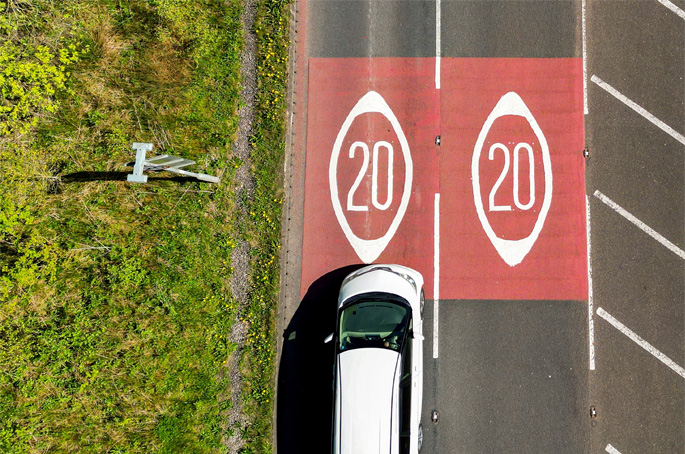New guidance from Active Travel England (ATE) outlines a range of road design 'critical issues': defined as 'a street layout or condition that is associated with an increased risk of collisions for people walking, wheeling or cycling.'
Using the executive agency's route check tool, the new guidance – Critical safety issues for walking, wheeling and cycling – identifies 16 critical safety issues for active travel.
Key areas include:
- Conflict at side roads and priority junctions, where the critical issue is when 'more than 2,500 vehicles per day (vpd) cut across main walking, wheeling or cycling streams.'
- Standard of crossings where the critical issue is 'on very busy streets (more than 8,000 vpd), there are uncontrolled crossings of two or more lanes with no gaps in traffic [and] at signal junctions, there are arms with dropped kerbs and tactile paving but no green pedestrian symbol'.
- Motor traffic speed, where the critical issue is '85th percentile speed is over 30mph'.
- Motor traffic volume, where the critical issue is 'more than 1,000 vehicles in the busiest hour or over 5% of traffic is HGVs where there are over 500 vehicles in the busiest hour'.
Lane widths
For lane widths it states the critical issues are when: 'Cyclists are mixed with traffic in lanes between 3.25m and 3.90m wide. Or, cyclists are in unprotected cycle lanes, and the combined width of the cycle lane and adjacent traffic lane is between 3.25m and 3.90m.'
While the advice is intended to be applied to any new road construction programmes across England, ATE suggests that a possible solution for existing lanes that fall within this ‘danger zone' could be to remove the centre line. Alternatively, it states that the carriageway should be divided into a 3.25m lane and a 4.05m lane.
The report suggests that roads with lanes that are under 3.25 metres wide may actually be safer for cyclists, as it is clearer to other motorists that there is not enough room to overtake without a collision occurring.
ATE also said that lanes wider than 3.9m also reduce the risk of collision from alongside but added that it may still not be safe for cyclists ‘close to the kerb', as it doesn't always allow for the recommended 1.5m of clearance.
The ATE cited a study carried out by Transport for London in partnership with the University of Westminster in 2020, which found that advisory cycle lanes (which motor vehicles are legally permitted to enter) increased injury odds by 34%.
The full guidance is available on the Active Travel England website.

























